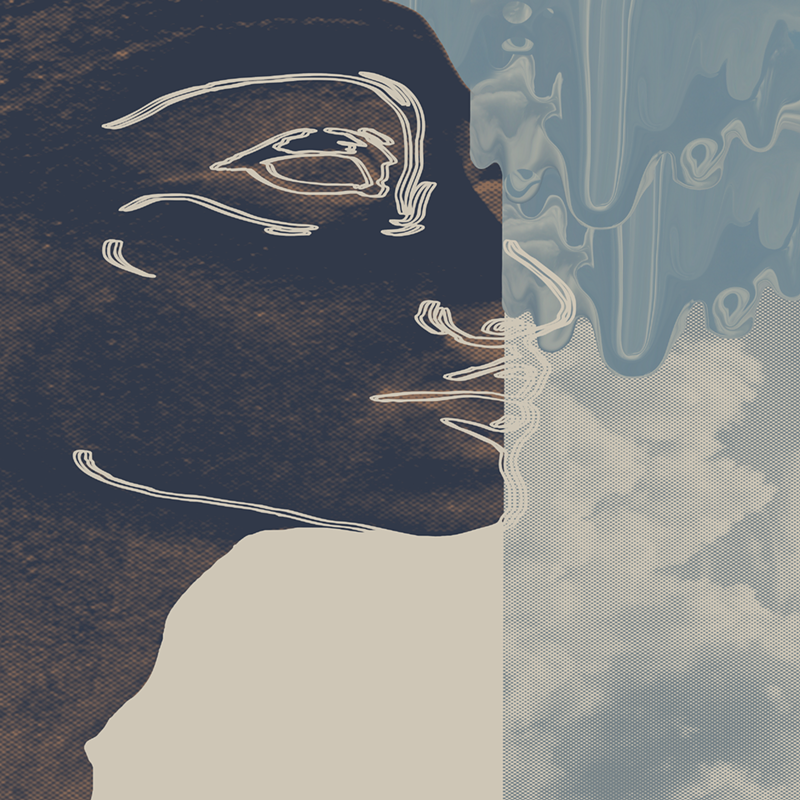The show description tells us Sarah is the “invisible girl” who has taken refuge in a sewer to avoid being sold into slavery in alt-America. A series of visits by specters force Sarah to confront her societal wounds. Ralph Ellison’s 1952 novel Invisible Man is mentioned as source inspiration.
Briggs emailed to say, “The show is a modern re-imagining of Sarah Baartman’s life. She was a South African woman during the early 19th century who was exhibited in European freak shows for the entirety of her adult life. She was often made a spectacle because of her exceptionally large buttocks. She essentially became one of the foundations for scientific racism. The show picks up with the spirit of this story. It imagines who Sarah might have been, how she might have coped and what that means for women of African descent today.”
I share this because, while I was nearly 100 percent intrigued by the energy and fresh spirit of Briggs’ show and while I was delighted by all the performers, I could not explain the narrative myself. I often couldn’t hear what was being said due to scrim, sound design and diction issues. I also couldn’t follow the logic of the fractured narrative. It felt like watching a powerful story told in another language, one I didn’t understand.
My companion described Fringe shows this way: “Some are conversation enders and some are conversation starters.” Invisible Girl is definitely a conversation starter. Syreeta Briggs and her company should keep making work.


